We use affiliate links to run our site. When you buy through links on our site, we may earn an affiliate commission, without any added cost to you. Learn more
Perlite has long been a popular choice among gardeners as a soil additive, but did you know that there are other alternatives to perlite that can make an even bigger impact on the health of your garden?
In this post, we will explore 7 alternatives to perlite that will take your gardening game to the next level.
From vermiculite to coconut coir, each of these options offers its own unique set of benefits and drawbacks. By considering these alternatives, you can find the perfect fit for your soil and plants.
So if you’re looking for something new to try this season, and are ready to shake things up in your garden, keep reading to discover some exciting options beyond perlite.
Best Alternatives for Perlite:
Pumice:


Pumice is a type of volcanic rock that is formed when lava with high gas content cools and solidifies quickly. It is often used in horticulture and agriculture as a soil amendment due to its ability to improve drainage and soil structure.
Just like perlite, pumice can improve drainage. It has a porous structure with many tiny air pockets, which helps to create spaces in soil for excess water to drain away from plant roots. Pumice is also a good choice for improving soil structure, as it adds a light, airy component to heavy soils.
In terms of drawbacks, pumice can be more expensive than some other soil amendments and may not be as readily available in all areas. It is also not as effective at retaining water as other soil amendments, so it may not be the best choice for plants that require consistent moisture.
Overall, pumice can be a useful addition to the garden for improving drainage and soil structure. Just be sure to consider the cost and availability of pumice in your area before making the switch.
Perlite vs Pumice
| Property | Pumice | Perlite |
|---|---|---|
| Description | A porous volcanic rock | A volcanic glass that expands when heated |
| Water retention | Low | Low |
| Nutrient availability | Low | Low |
| Weight | Light | Light |
| Improves soil structure | Yes | Yes |
| Promotes drainage | High | High |
| Cost | High | Low |
| Availability | Limited availability | Widely available |
Sand:
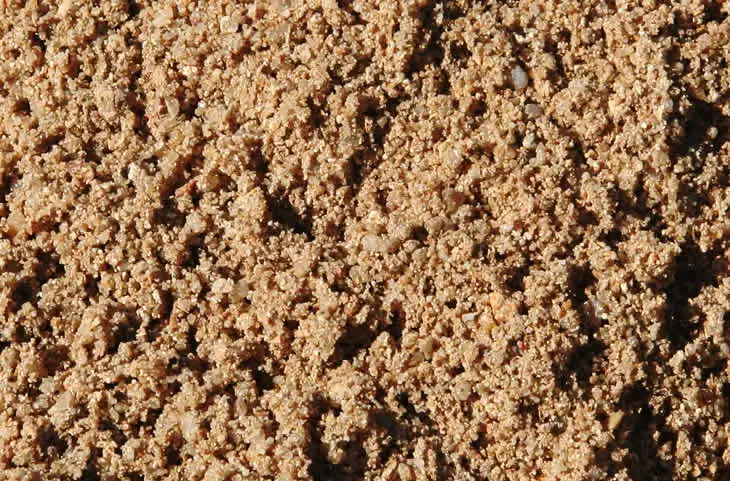

Sand is a naturally occurring granular material made up of small particles of rock and mineral. It is often used in horticulture and agriculture as a soil amendment to improve drainage and increase the weight of potting mixes.
One of the main benefits of using sand in the garden is its ability to improve drainage. It helps to create air spaces in soil, allowing excess water to drain away from plant roots. Sand is also a good choice for adding weight to potting mixes, which can be helpful in preventing pots from tipping over.
As for the drawbacks, it can be difficult to wet and may not retain water as well as other soil amendments. Sand also lacks nutrients, so it may not be the best choice for plants that require extra nutrition.
Overall, sand can be a useful addition to the garden for improving drainage and adding weight to potting mixes. Just be sure to consider the specific needs of your plants and soil before incorporating sand into your soil.
Perlite vs Sand:
| Property | Perlite | Sand |
|---|---|---|
| Description | A volcanic glass that expands when heated | A naturally occurring granular material |
| Water retention | Low | Low |
| Nutrient availability | Low | Low |
| Weight | Light | Heavy |
| Improves soil structure | Yes | No |
| Promotes drainage | High | High |
| Cost | Low | Low |
| Availability | Widely available | Widely available |
Vermiculite:
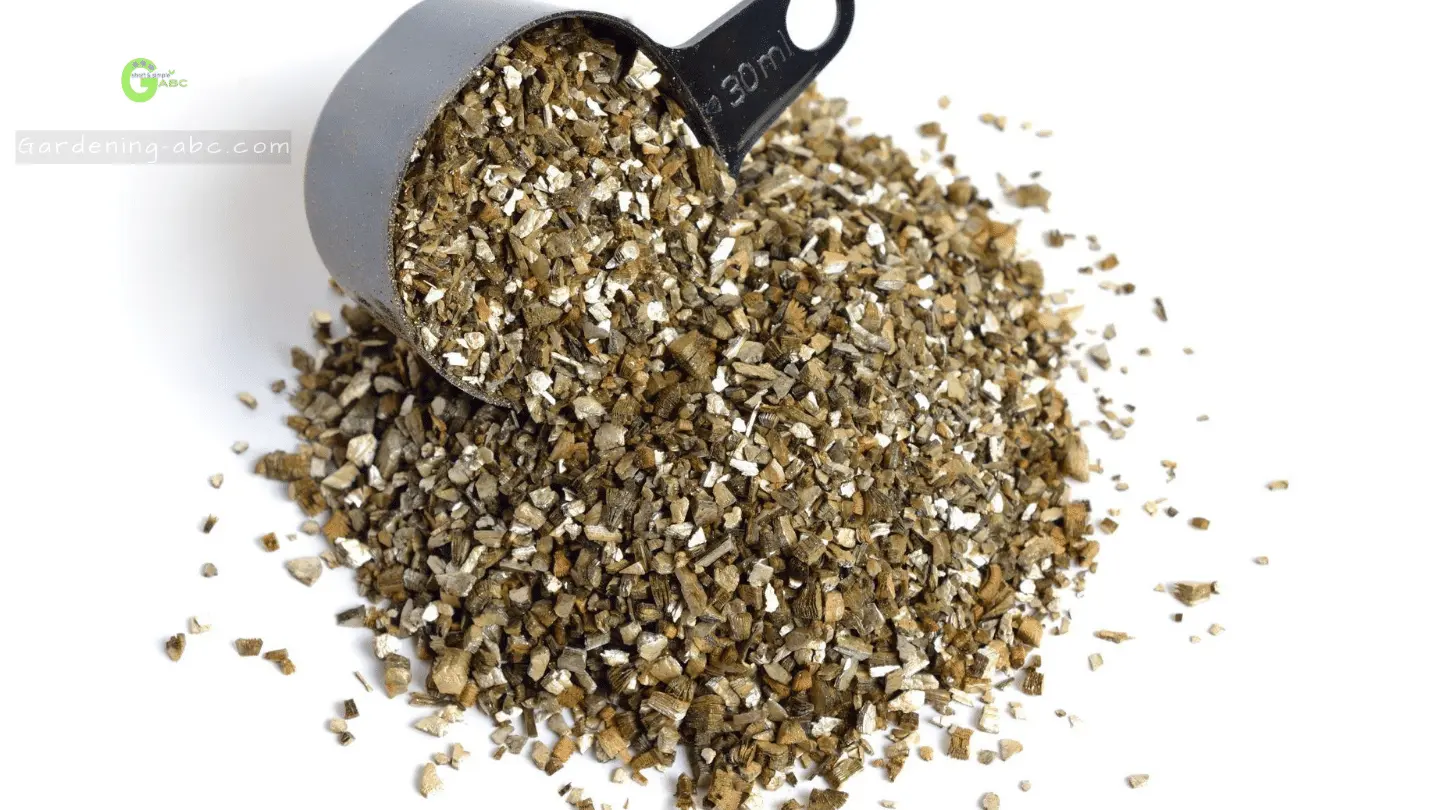

Vermiculite is a type of hydrated laminar mineral that expands when heated. It is often used in horticulture and agriculture as a soil amendment due to its ability to retain water and nutrients.
Vermiculite is also known for its light weight and ability to improve soil structure, making it a popular choice for seed starting and potting mixes.
One of the major benefits of using vermiculite in the garden is its ability to retain water. It can hold up to three times its weight in water, making it a great choice for plants that require consistent moisture. Vermiculite also helps to improve soil structure by providing air spaces for roots to grow and promoting drainage.
In terms of drawbacks, vermiculite can be more expensive than some other soil amendments and may not be as readily available in all areas. It is also not as effective at improving drainage as perlite, which is known for its ability to create large, open-air pockets in the soil.
Overall, vermiculite can be a great alternative to perlite in the garden, especially for plants that require consistent moisture and well-structured soil. Just be sure to consider the cost and availability of vermiculite in your area before making the switch.
Perlite vs Vermiculite:
| Property | Perlite | Vermiculite |
|---|---|---|
| Nature | A volcanic glass that expands when heated | A hydrated laminar mineral that expands when heated |
| Water retention | Low | High |
| Nutrient availability | Low | High |
| Weight | Light | Light |
| Improves soil structure | Yes | Yes |
| Promotes drainage | High | Low |
| Cost | Low | High |
| Availability | Widely available | Widely available |
Peat Moss:
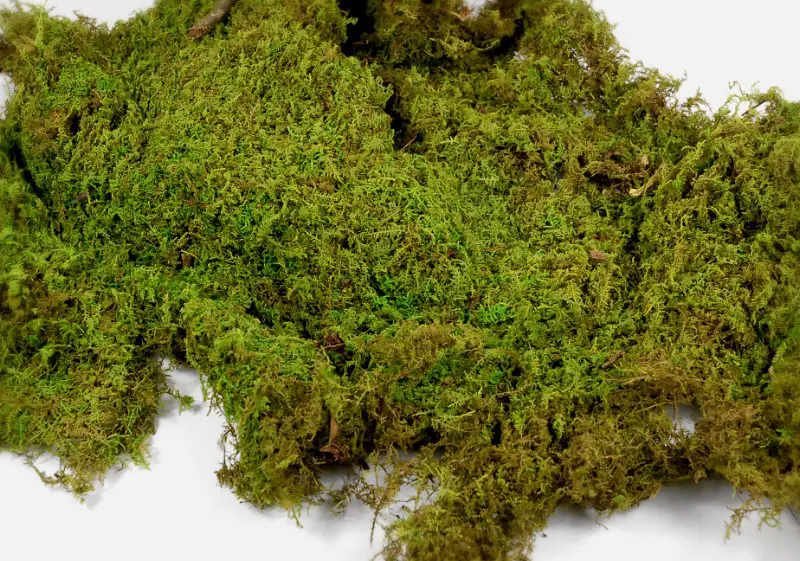

Sphagnum peat moss is a type of organic soil amendment made from partially decomposed sphagnum moss. It is often used in horticulture and agriculture to improve soil structure, increase water retention, and lower soil pH.
One of the main benefits of using sphagnum peat moss in the garden is its ability to hold onto water. It has a high water retention capacity, making it a great choice for plants that require consistent moisture.
Peat moss also helps to improve soil structure by adding a light, airy component to heavy soils, and it can be used to lower soil pH, making it more acidic and suitable for acid-loving plants.
However, there are also some drawbacks to using sphagnum peat moss. It can be expensive and not environmentally sustainable, as the extraction of peat moss from peat bogs can have negative impacts on local ecosystems.
Peat moss also slowly decomposes over time, so it may need to be replaced more frequently than other soil amendments.
So, to summarise, sphagnum peat moss can be a useful addition to the garden for plants that require consistent moisture and acidic soil. Just be sure to consider the cost and sustainability of using peat moss before making the decision to incorporate it into your soil.
Perlite vs Peat moss:
| Property | Perlite | Peat Moss |
|---|---|---|
| Description | A volcanic glass that expands when heated | Partially decomposed sphagnum moss |
| Water retention | Low | High |
| Nutrient availability | Low | Low |
| Weight | Light | Light |
| Improves soil structure | Yes | Yes |
| Promotes drainage | High | Low |
| Lowers soil pH | No | Yes |
| Cost | Low | High |
| Availability | Widely available | Widely available |
Coco Coir:
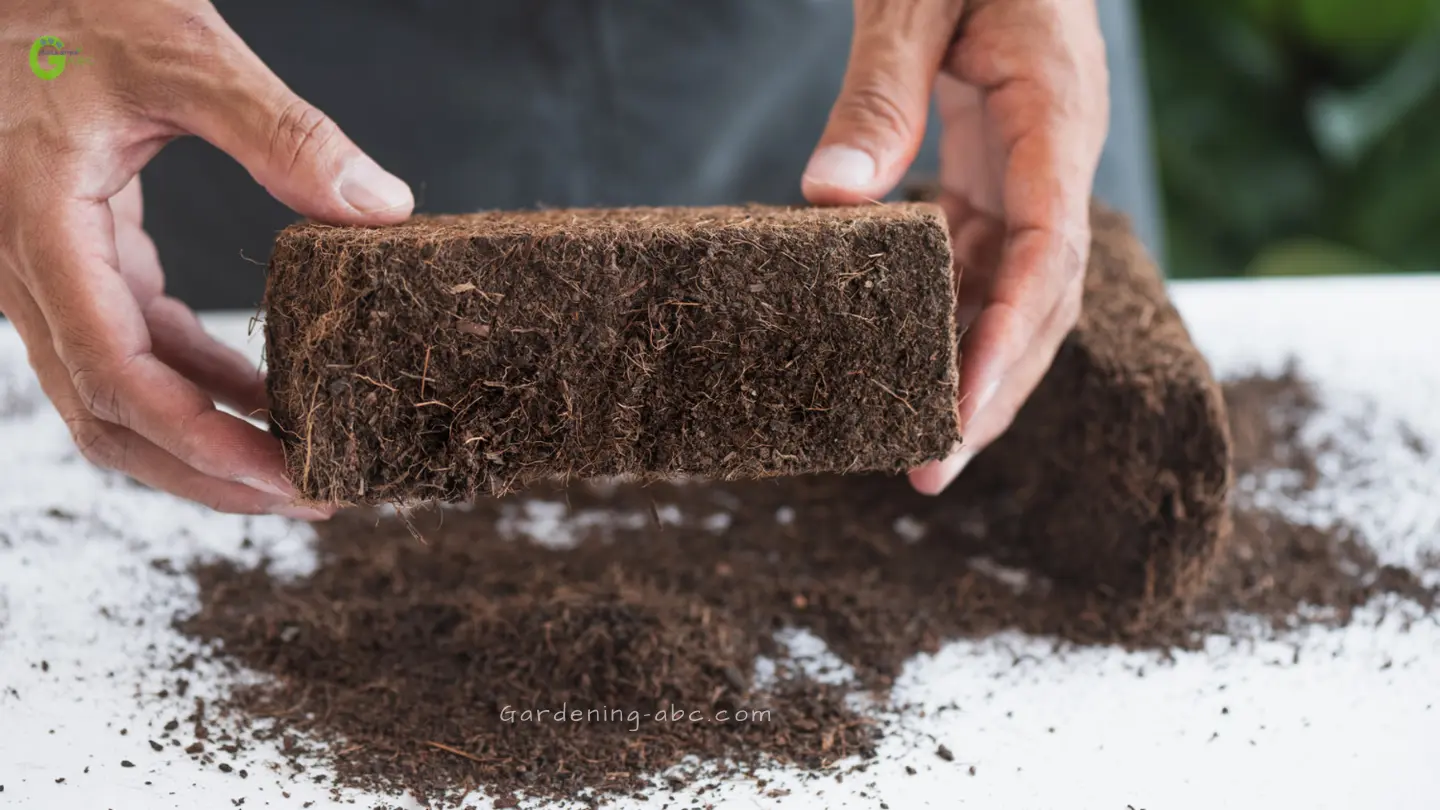

Coco coir, also known as coconut coir or coconut fiber, is a natural, sustainable material made from the husks of coconut shells. It is often used in horticulture and agriculture as a soil amendment due to its ability to retain water and improve soil structure.
Coco coir can retain water. It has a high water retention capacity, making it a great choice for plants that require consistent moisture. Coco coir also helps to improve soil structure by providing a light, airy component to heavy soils and promoting good drainage.
In terms of drawbacks, coco coir can be more expensive than some other soil amendments and may not be as readily available in all areas. It can also become compacted over time, reducing its effectiveness as a soil amendment.
Overall, coco coir can be a great alternative to perlite in the garden, especially for plants that require consistent moisture and well-structured soil. Just be sure to consider the cost and availability of coco coir in your area before making the switch.
Perlite vs Coco coir:
| Property | Coco Coir | Perlite |
|---|---|---|
| Description | Coconut husk fiber | A volcanic glass that expands when heated |
| Water retention | High | Low |
| Nutrient availability | Low | Low |
| Weight | Medium | Light |
| Improves soil structure | Yes | Yes |
| Promotes drainage | Yes | High |
| Cost | High | Low |
| Availability | Limited availability | Widely available |
Rice Hulls:
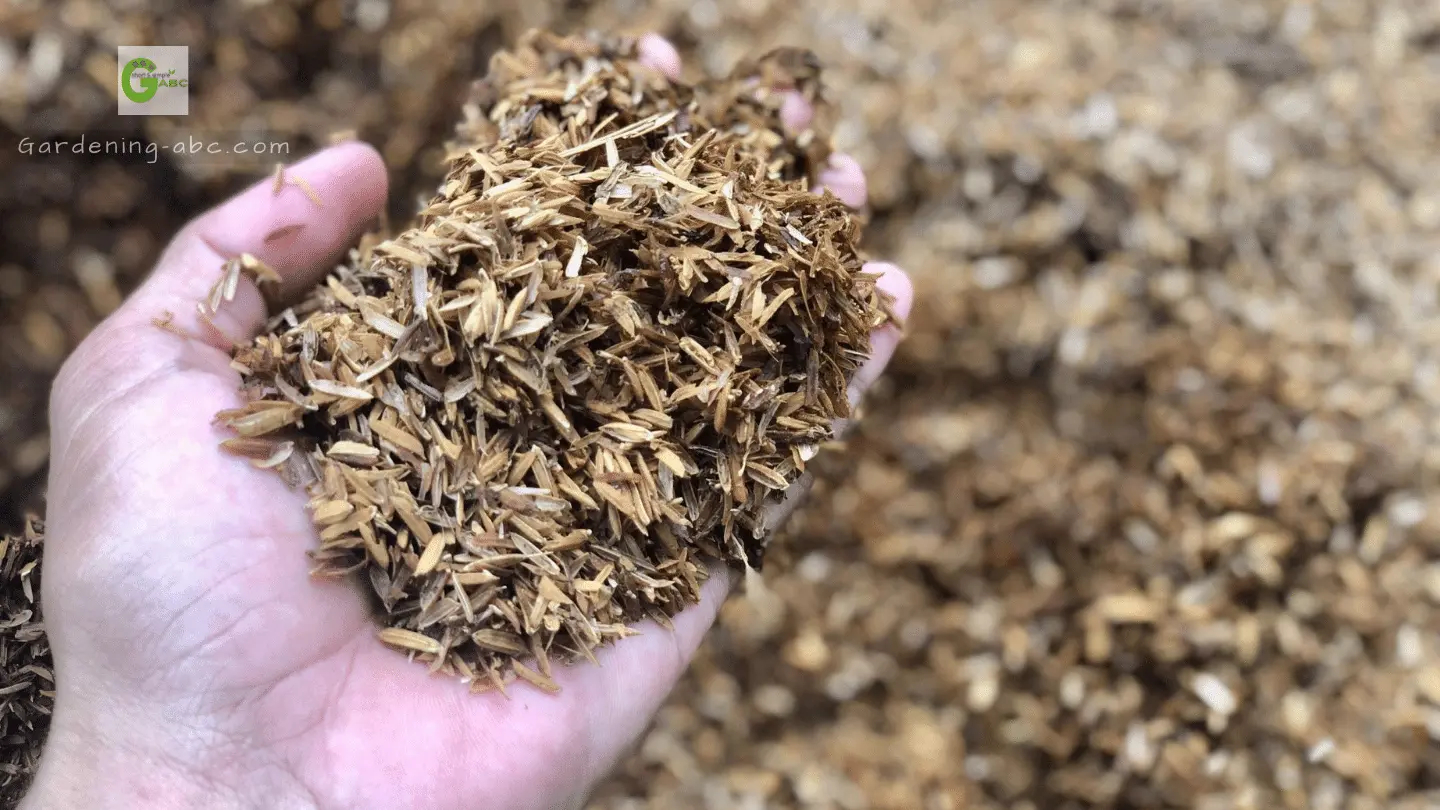

If you’re looking for something to mix into your soil to help your plants grow, rice hulls might be a good option to consider.
Rice hulls are the outer layer of rice grains that are removed when the rice is milled. They are often used in gardens to help improve the structure of the soil, which can make it easier for plants to grow strong and healthy roots.
One of the main benefits of using rice hulls is that they are really good at keeping soil light and airy, which helps water and air move easily through the soil.
This is important because plants need both water and air to survive and grow. Rice hulls can also help to prevent the soil from getting too compact, which can be a problem if the soil is too hard for the plants to push their roots through.
However, they can be a little bit harder to find and might be more expensive than some other soil amendments. They also don’t hold onto water very well, so if you have plants that need a lot of moisture, you might want to use something else.
As an alternative, rice hulls can be a great choice if you want to help your plants grow strong and healthy roots. Just make sure to keep an eye on the cost and availability of rice hulls, and be sure to consider the specific needs of your plants before making a decision.
Rice Hulls vs Perlite:
| Property | Rice Hulls | Perlite |
|---|---|---|
| Description | The outer layer of rice grains | A volcanic glass that expands when heated |
| Water retention | Low | Low |
| Nutrient availability | Low | Low |
| Weight | Medium | Light |
| Improves soil structure | Yes | Yes |
| Promotes drainage | Yes | High |
| Cost | High | Low |
| Availability | Limited availability | Widely available |
Bark Chips:
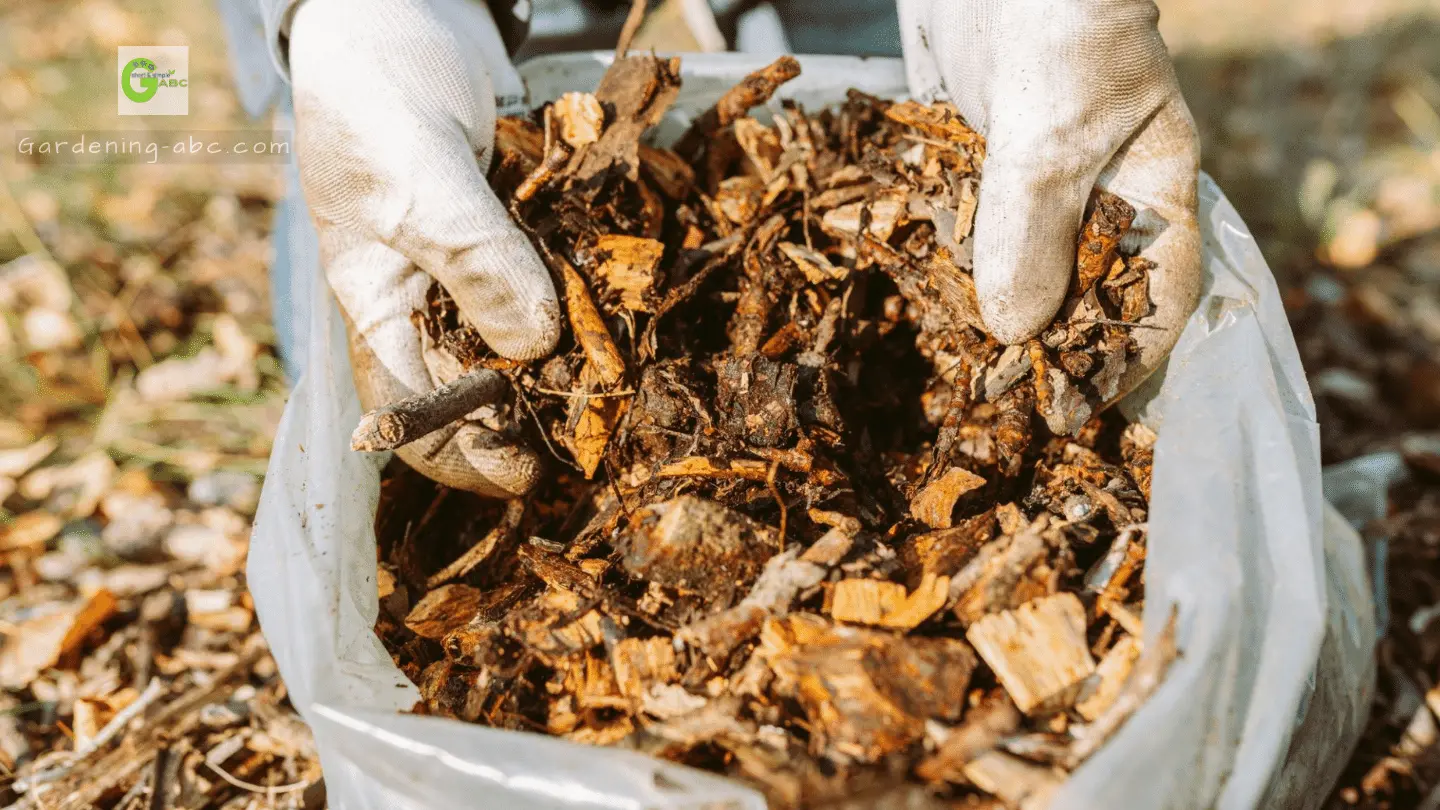

Bark chips are made from shredded tree bark, and they are often used in gardens to help improve the structure of the soil. This can make it easier for plants to grow strong and healthy roots.
Bark chips are really good at keeping soil light and airy, which helps water and air move easily through the soil. This is important because plants need both water and air to survive and grow.
Bark chips can also help to suppress weeds, which is when plants you don’t want grow in your garden. This can be really helpful if you’re trying to grow plants that need a lot of attention and care.
They can be a little bit harder to find and might be more expensive than some other soil amendments. The chips also don’t hold onto water very well, so if you have plants that need a lot of moisture, you might want to use something else.
Overall, bark chips can be a great choice if you want to help your plants grow strong and healthy roots.
Bark chips vs Perlite:
| Property | Bark Chips | Perlite |
|---|---|---|
| Description | Shredded tree bark | A volcanic glass that expands when heated |
| Water retention | Low | Low |
| Nutrient availability | Low | Low |
| Weight | Heavy | Light |
| Improves soil structure | Yes | Yes |
| Promotes drainage | Yes | High |
| Suppresses weeds | Yes | No |
| Cost | High | Low |
| Availability | Limited availability | Widely available |
FAQs:
Can I use Styrofoam in Place of Perlite?
There are several reasons why styrofoam is not a suitable soil amendment. One of the main concerns is that it is not biodegradable, which means that it will not break down over time. This can lead to long-term accumulation of plastic in the soil, which can have negative impacts on soil health and the environment.
Additionally, styrofoam does not provide any nutrients or water retention benefits to plants, so it is not an effective choice for improving soil structure or supporting plant growth.
it is best to use natural, biodegradable materials as soil amendments in the garden. There are many options available, such as compost, vermiculite, and coconut coir, which can provide a range of benefits to soil and plants without causing negative environmental impacts.
Conclusion:
Perlite is a popular gardening aid but there are also many alternatives. Whether you’re looking for a replacement or an upgrade, these seven alternative materials can help your garden thrive.
Just remember to research each option before making your selection and understand how the material will affect your soil’s properties.
With some care and attention, you can find the best alternative for your garden. Don’t forget to experiment – sometimes the best discoveries come when you least expect them!
Amazon and the Amazon logo are trademarks of Amazon.com, Inc, or its affiliates.


Hi there! My name is Prasenjit and I’m an avid gardener and someone who has grown a passion for growing plants. From my hands-on experience, I have learned what works and what doesn’t. Here I share everything I have learned.






